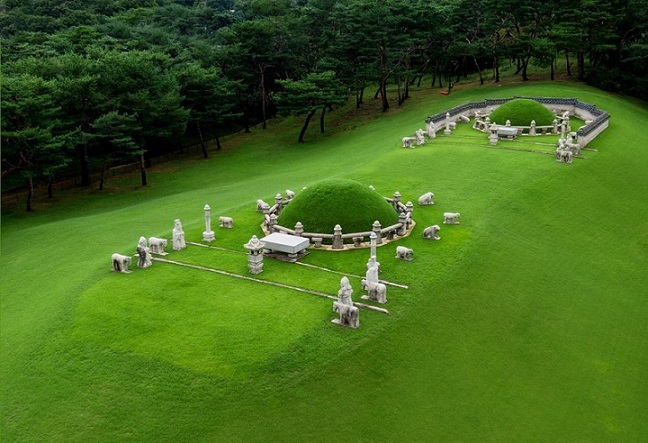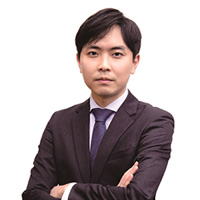Study sheds light on Joseon royal processions to tombs
By Choi Si-youngPublished : Jan. 10, 2024 - 15:22

South Korean researchers have identified how royal processions in the Joseon era (1392-1910) evolved over time.
Released by the Cultural Heritage Administration on Tuesday, the study found that Joseon kings in the latter years saw their roles expanded in the procession to royal tombs. The change in “neunghaeng,” or visits to the graves of Joseon kings and queens, aimed to reinforce the ruling Yi family’s legitimacy, the study said.
The guards accompanying the king in the procession, however, saw their power reduced in the same period, the study added, suggesting that farmers no longer being drafted as soldiers might be behind the shift. What was once a 4,500-manned ceremony was later conducted with as few as 2,900 people, according to the study.
A total of 940 processions took place in the span of 535 years, which includes all the ceremonies presided over by Joseon kings. A Joseon king oversaw such procession 1.76 times a year on average, the study said.
The study helped researchers map out the procession routes. “This data can be directly used to develop future content, such as re-creating a ‘neunghaeng’ procession and other content using the royal palaces and tombs,” researchers said.
“(The government) will utilize the findings of this research in developing new content for travel programs around Joseon royal tombs route. The research will also be used in preparing new exhibitions at royal tomb sites,” the CHA said.
Joseon royal tombs are spread across 18 different sites in Seoul, Gyeonggi Province and Gangwon Province.






![[Weekender] How DDP emerged as an icon of Seoul](http://res.heraldm.com/phpwas/restmb_idxmake.php?idx=644&simg=/content/image/2024/04/25/20240425050915_0.jpg&u=)



![[Music in drama] An ode to childhood trauma](http://res.heraldm.com/phpwas/restmb_idxmake.php?idx=644&simg=/content/image/2024/04/25/20240425050929_0.jpg&u=)








![[Herald Interview] Mistakes turn into blessings in street performance, director says](http://res.heraldm.com/phpwas/restmb_idxmake.php?idx=652&simg=/content/image/2024/04/28/20240428050150_0.jpg&u=20240428174656)
